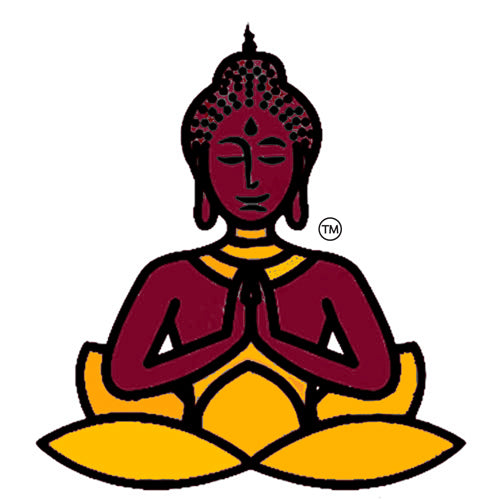How do you use a Bhumpa
Share
A **Bhumpa** (sometimes spelled **Bumpa**) is a sacred ritual object used in Tibetan Buddhist ceremonies, particularly in **Vajrayana** practices. It is a vase or pitcher-like vessel that symbolizes purity and abundance. Bhumpas are typically made of metal, such as copper or brass, and are often adorned with intricate designs, including deities, sacred symbols, or mantras.
Here’s how a Bhumpa is used in Buddhist rituals:
1. **Cleansing and Purification**: In ceremonies, the Bhumpa is often filled with water, which is blessed by the lama or practitioner. This blessed water is used to purify objects, people, or places, helping to remove negative energies or impurities.

2. **Blessings and Empowerments**: During certain rituals, a lama may sprinkle the blessed water from the Bhumpa onto participants as a means of conferring blessings or spiritual empowerment.
3. **Offering to Deities**: Bhumpas are used as offerings to various deities. The water inside represents offerings of life, fertility, or abundance. The vase can be placed on altars as a symbol of devotion and reverence to the divine beings.
4. **Protection and Prosperity**: The Bhumpa is believed to invoke protection from harmful forces and to attract prosperity and well-being. Its sacred water may be sprinkled in homes, temples, or on the body for these purposes.
5. **Symbolism of the Vase**: The shape of the Bhumpa, resembling a treasure vase, holds symbolic meaning. It represents the endless and inexhaustible nature of spiritual wealth and the boundless compassion and wisdom of the Buddha.
There are typically two types of Bhumpas used in rituals: the **"Lama Bhumpa"** (used by the presiding lama) and the **"Mendrup Bhumpa"** (used for blessing or empowerment). Both are central to various **Tantric** and **Dzogchen** practices within Tibetan Buddhism.
